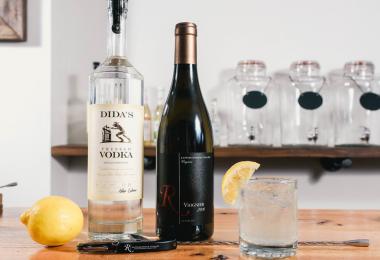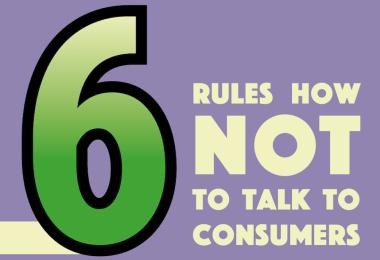The English-speaking world’s powerhouse media platform, Facebook, is leading the shift away from public broadcasting and towards private conversations. As the Wine Media Conference held in Australia in October was told, that means big changes to the way many wine communicators get to communicate. The message is: Get used to thinking differently.
“Why are we broadcasting and expecting the same results that we were expecting five years ago on the [Facebook] platform, when a very clear statement has been made that the game has changed?” asked Trish Barry of Mastermind Consulting, a leading Sydney-based wine marketing business. And it’s not just Facebook. “We are seeing these evolutions happen very quickly as privacy is at the centre of all of the social media networks,” she added.
Her audience at the three-day conference in the Hunter Valley wine region of New South Wales included wine bloggers, writers and marketers from the US, Australia and China. Previously called the Wine Bloggers Conference, it was the first time that the event had been held outside the US in its 12-year history.
The distinction between wine writers (those being paid) and wine bloggers (generally, those who aren’t) was one that the conference attempted to amend. “Authenticity” was the buzzword of the event and anyone could aspire to achieve it, whether they were paid for their efforts or not.
Barry outlined five key areas that would allow wine writers, wineries or others thinking about their personal brand to achieve better results in a changing social media world:
1. Remember to be social: establish a two-way dialogue with your readers and/or consumers. Be honest and authentic and engage through your stories.
2. Define your audience: get to know who is reading about and buying wine.
3. Do less content, but better content: posting ten times a day is just clogging up the news feed. Make sure the content is something people are going to engage with. That means using beautiful images, too.
4. Pay to play: use social media advertising, because a paid media strategy allows you to talk to strangers and reach a broader audience. Don’t use Boost Post on Facebook, because Facebook’s Power Editor lets users be very strategic about where their content goes.
5. Trial new things: try Instagram Story, which is getting more views than the Instagram feed itself. Be visual; as a writer you can summarise your work with a video inclusion.
A sixth key area was expanded upon by Drew Lambert, co-blogger at winewankers.com, and Kristy Johnson, showbusiness writer at Australia’s Daily Mail. They dealt with the question of engaging audiences through humour and good old-fashioned clickbait.
“Wine can be a little bit dry and boring and if I want to get a lot of people to start reading about wine, I’ve got to make it a little more palatable,” explained Lambert, who claims to speak through Wine Wankers to the “95% of people who never read a wine column”. Cue photos of people drinking copious amount of wine from outsized wine bottles and other sight gags.
Johnson, who is not a wine writer, blogger or influencer, explained her way of attracting readers – which largely revolves around generating clickbait through any means possible. “My job is to just keep writing content that people will click on,” she said.
The idea, as outlined by Lambert, was to see a story on a wine website such as the one you are now reading – Meininger’s was mentioned as one website that attendees regularly viewed – and to be “inspired” by it. The audience were encouraged “to think about how you can put a new spin on it, to maybe do your story”.
For some wine writers in the room what followed was more than provocative, it was a case of encouraging plagiarism, as Johnson went on to give examples of how she re-worked content from online sources and gave it a “new slant” to create a “completely different story” which she then posted on the Daily Mail website – tellingly, the “new slant” didn’t involve adding new research. “As much as I like to get out there and do a lot of exclusive interviews, part of the job is having to, you know, rip [off] stories,” she said.
This is not advice that anyone outside Australia should take, as the Daily Mail can only “re-purpose” the work of other news outlets due to a loophole in Australian media law. And it’s not a practice that Australian journalist themselves appreciate, because they don’t enjoy seeing their hard work “re-purposed” by another outlet.
The best advice is that given repeatedly throughout the conference: be authentic. It’s what wine lovers are craving.
Jeni Port
A full report on the Wine Media Conference can be found in Issue 6, 2019 of Meininger's Wine Business International magazine, out the first week of December. You can subscribe here.







